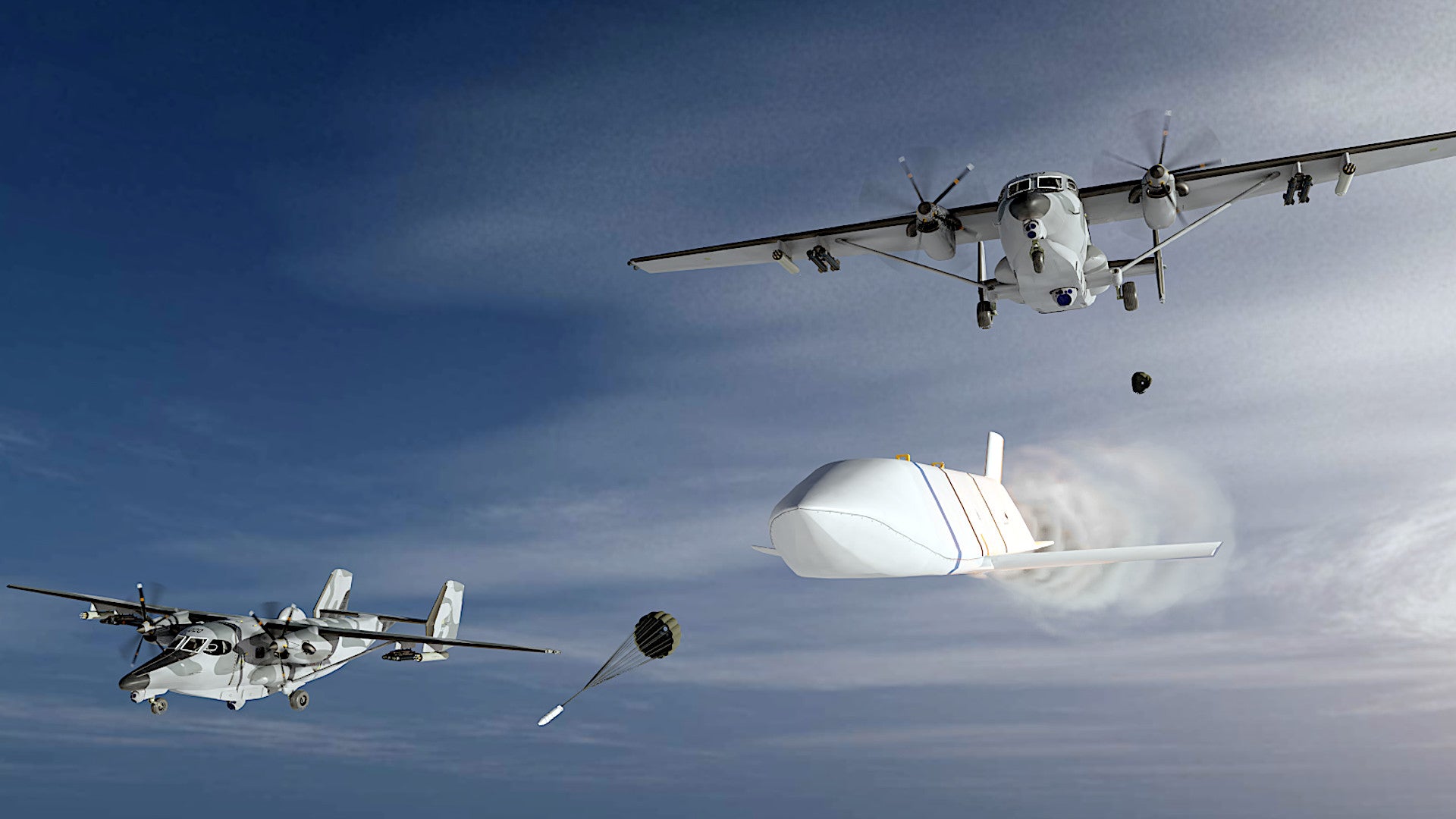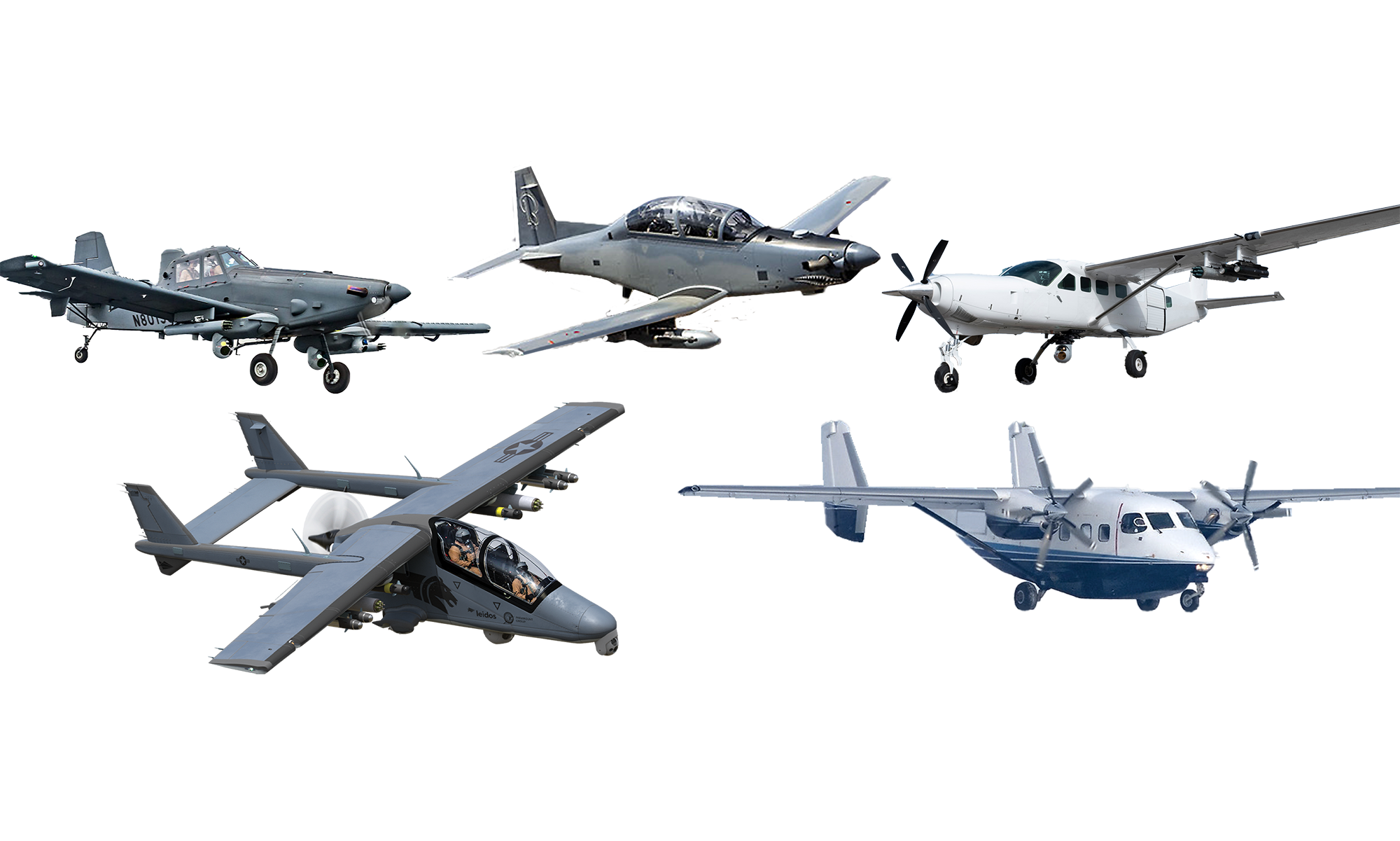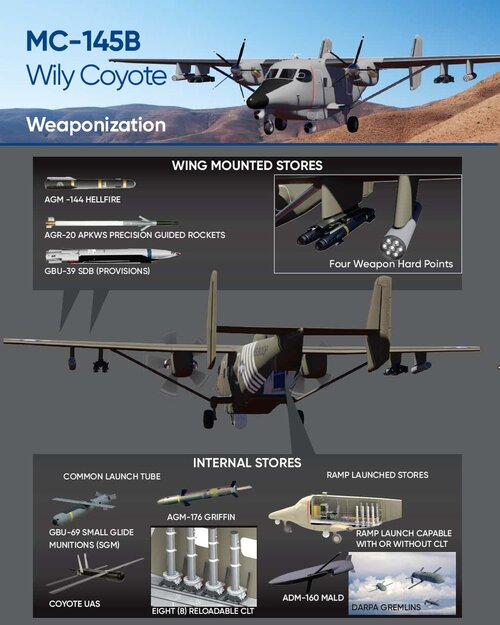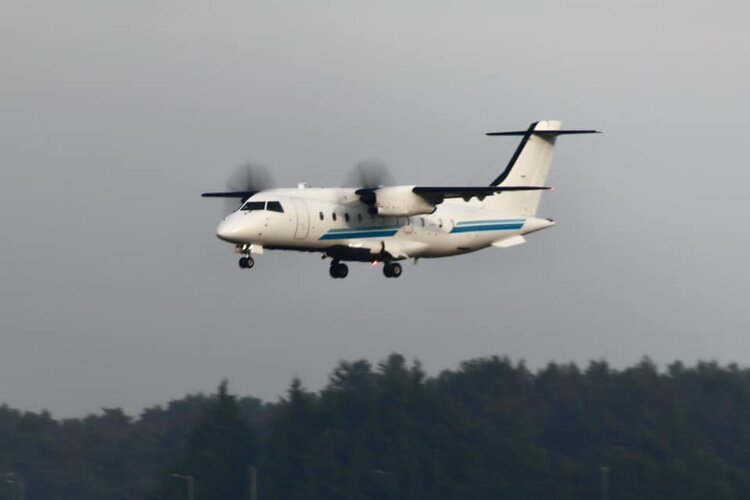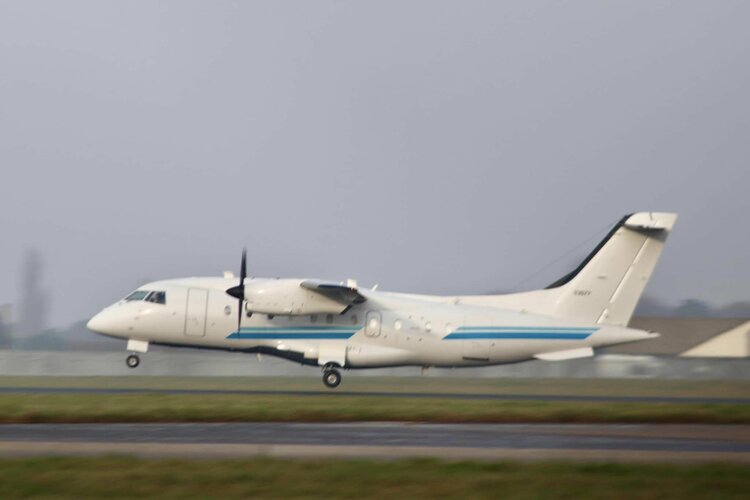I was going to ask about the USAF C-146 Wolfhound (which violates the post 1962 DoD designation sequence), but in doing some research I found another new designation, C-147:
The U.S. Army Parachute Team, also known as the Golden Knights, welcomed a second C-147A aircraft on Oct. 16, highlighting efforts to improve safety, readiness and reduce operating costs for the Army’s official parachute demonstration team.
C-147A is the military designation for the DeHavilland DHC-8, 315 Series.
I know this has been asked before, but who decides if a new cargo plane will receive a pre - or post 1962 designation, ie C-46 is the new system and C-147 is in the old.
Thanks very much for any answers or info
Wes W.
The U.S. Army Parachute Team, also known as the Golden Knights, welcomed a second C-147A aircraft on Oct. 16, highlighting efforts to improve safety, readiness and reduce operating costs for the Army’s official parachute demonstration team.
C-147A is the military designation for the DeHavilland DHC-8, 315 Series.
I know this has been asked before, but who decides if a new cargo plane will receive a pre - or post 1962 designation, ie C-46 is the new system and C-147 is in the old.
Thanks very much for any answers or info
Wes W.

